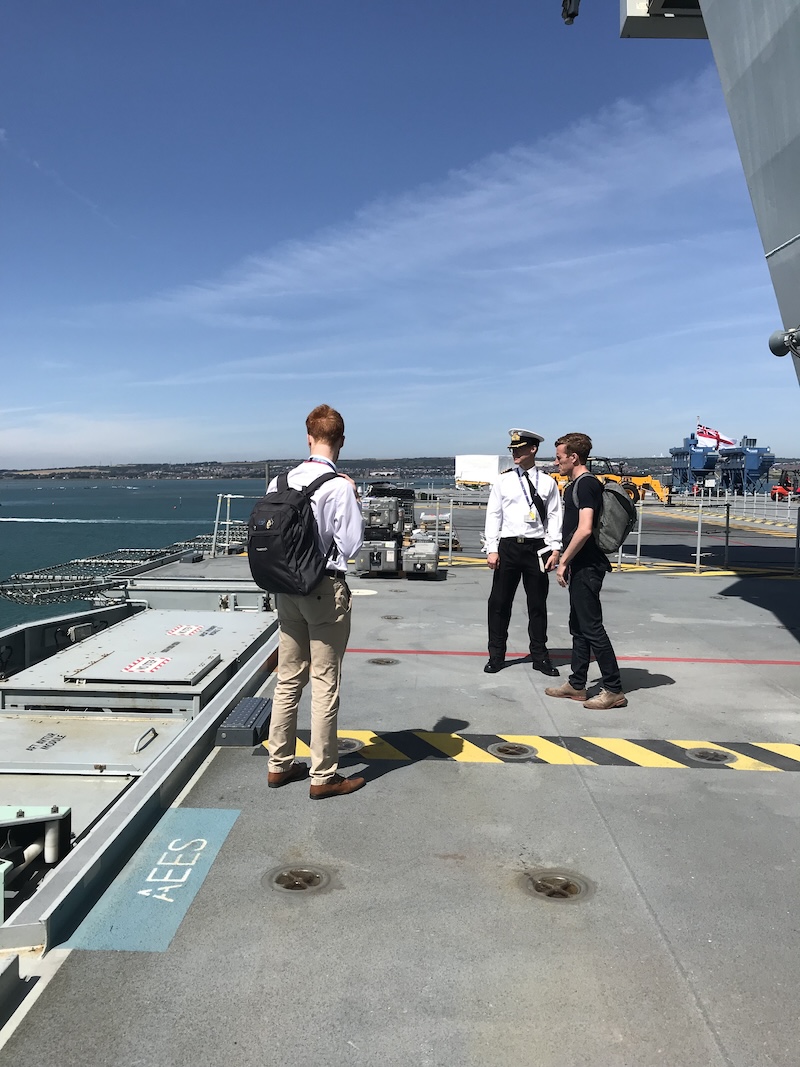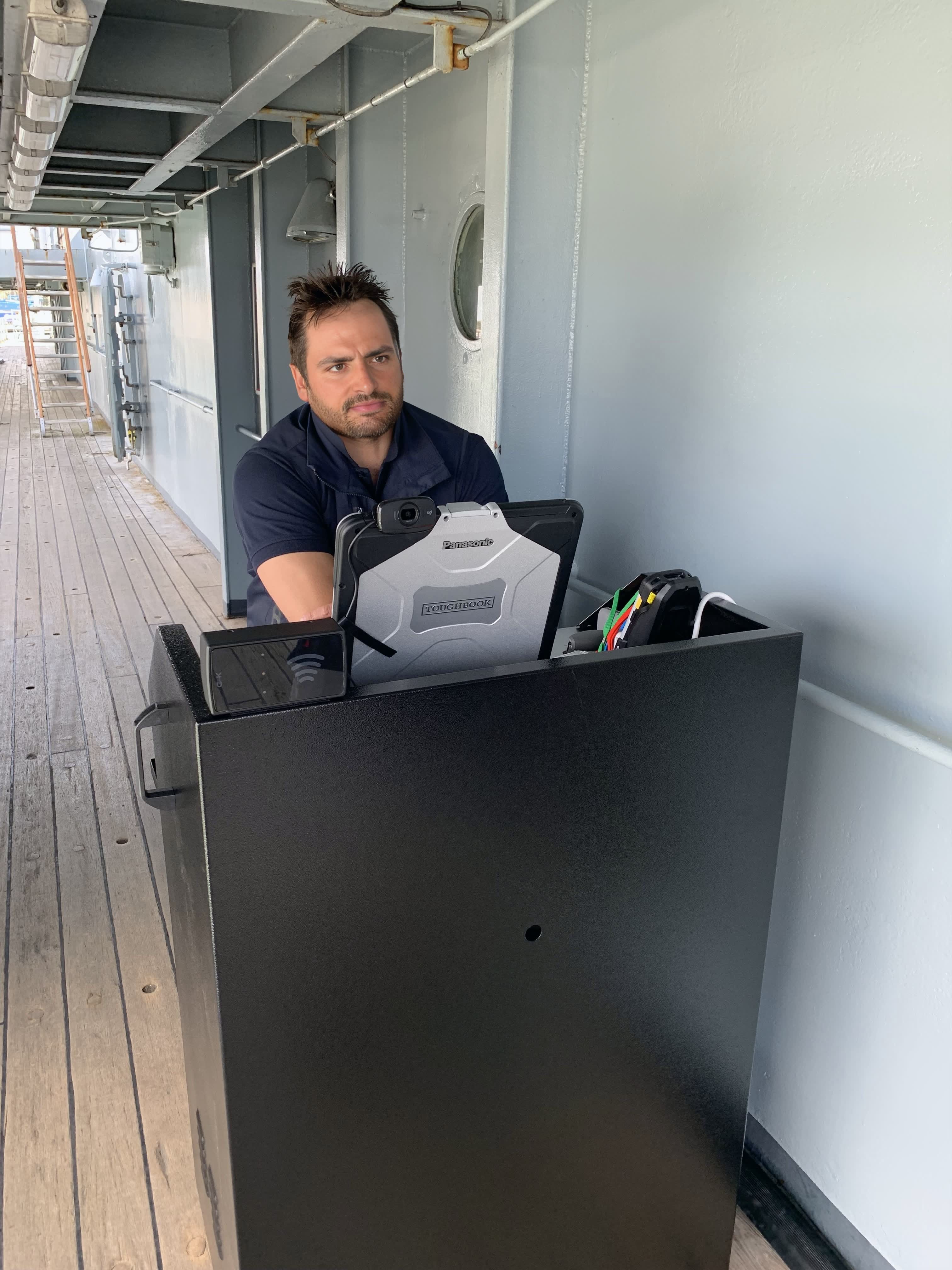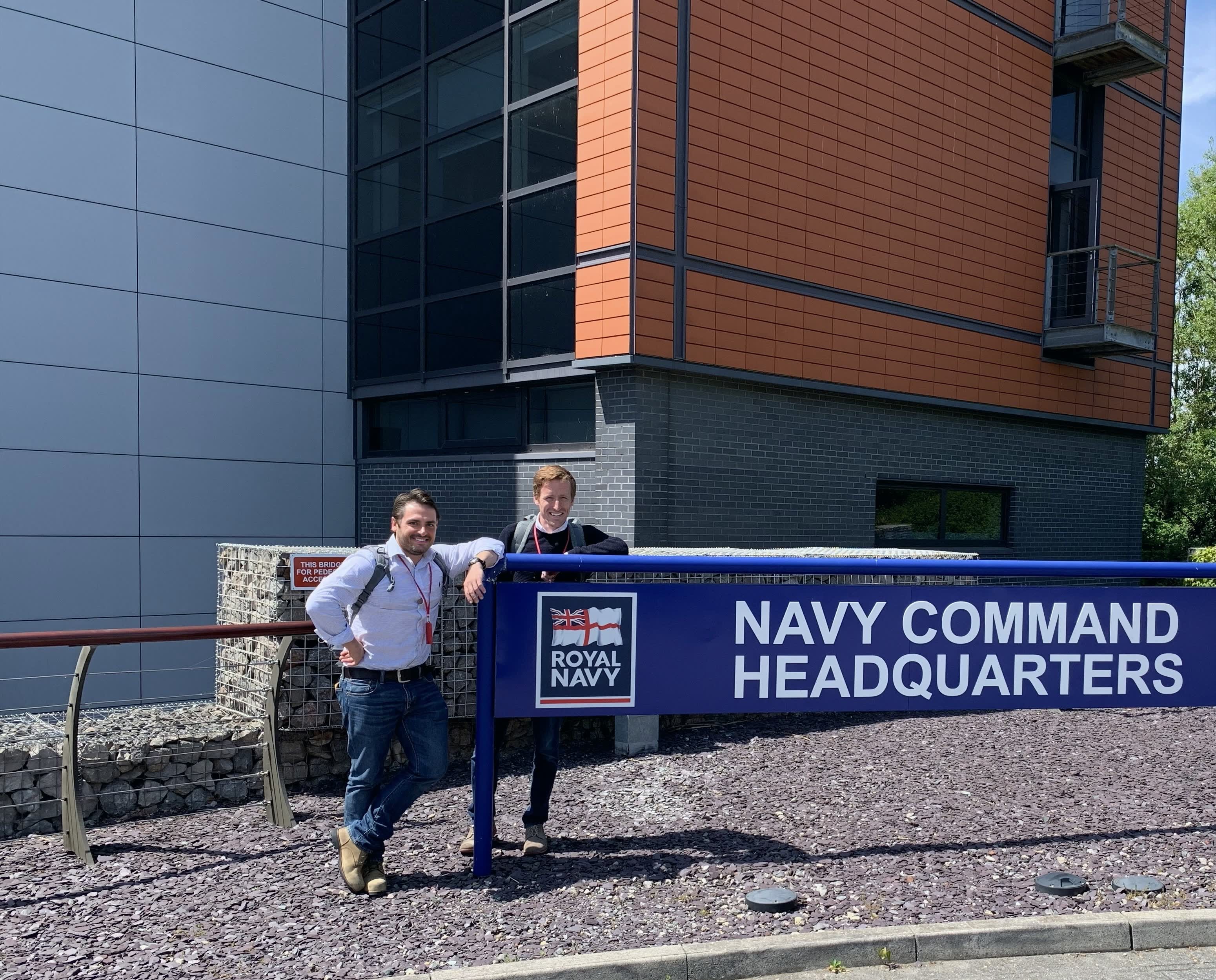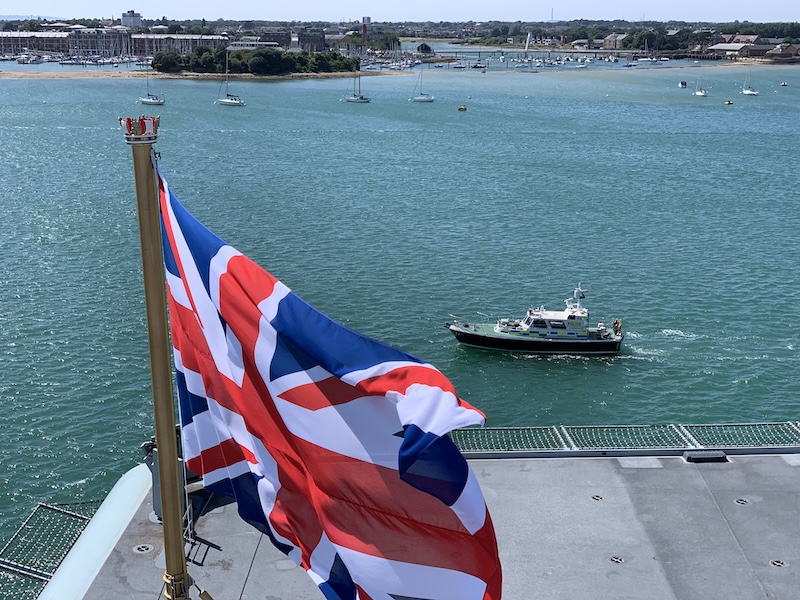Problem
The Royal Navy’s traditional peg board system — used to track personnel boarding and disembarking vessels — had clear limitations. Pegs could be lost or damaged due to exposure on-deck, and ships with multiple gangways offered no way to gain a centralised overview of who was onboard at any given time. This presented both safety and operational challenges, especially on the UK’s largest and most advanced naval vessels.
Through the Defence and Security Accelerator (DASA), the Royal Navy partnered with us to explore a modern, digital solution to this longstanding problem.
Solution
We developed a fully offline-capable Personnel Asset Location (PAL) system, replacing the physical peg board with a digital manifest. Each member of Naval Personnel and all contractors were issued with a custom Digital Dog Tag using RFID technology.
Our team designed and implemented the software for the system, which ran on bespoke terminals installed onboard the vessel. The hardware was delivered in partnership with an external organisation, while we focused on ensuring the software was robust, efficient, and built for real-world Naval conditions.
The PAL system worked entirely offline, with no dependency on ship-wide networks or external infrastructure — ensuring resilience even in disconnected environments. The new digital manifest offered a real-time view of personnel location across all gangways, significantly improving safety protocols and operational efficiency.
Results
The PAL solution was successfully trialled aboard the Royal Navy’s newest and largest vessel. While formal evaluation is ongoing, the trial has demonstrated the potential to modernise a critical part of Naval operations with a simple, rugged and scalable system.
The custom-built software and architecture laid the groundwork for future iterations and potential rollout across additional vessels — showcasing how digital transformation can support frontline defence operations without compromising on reliability or security.




